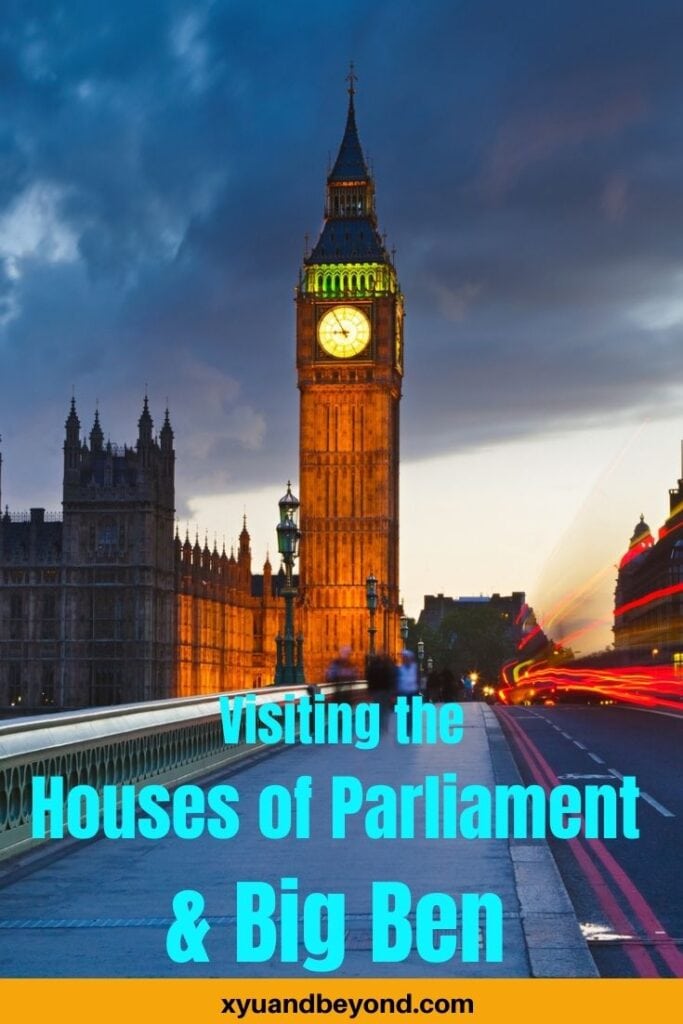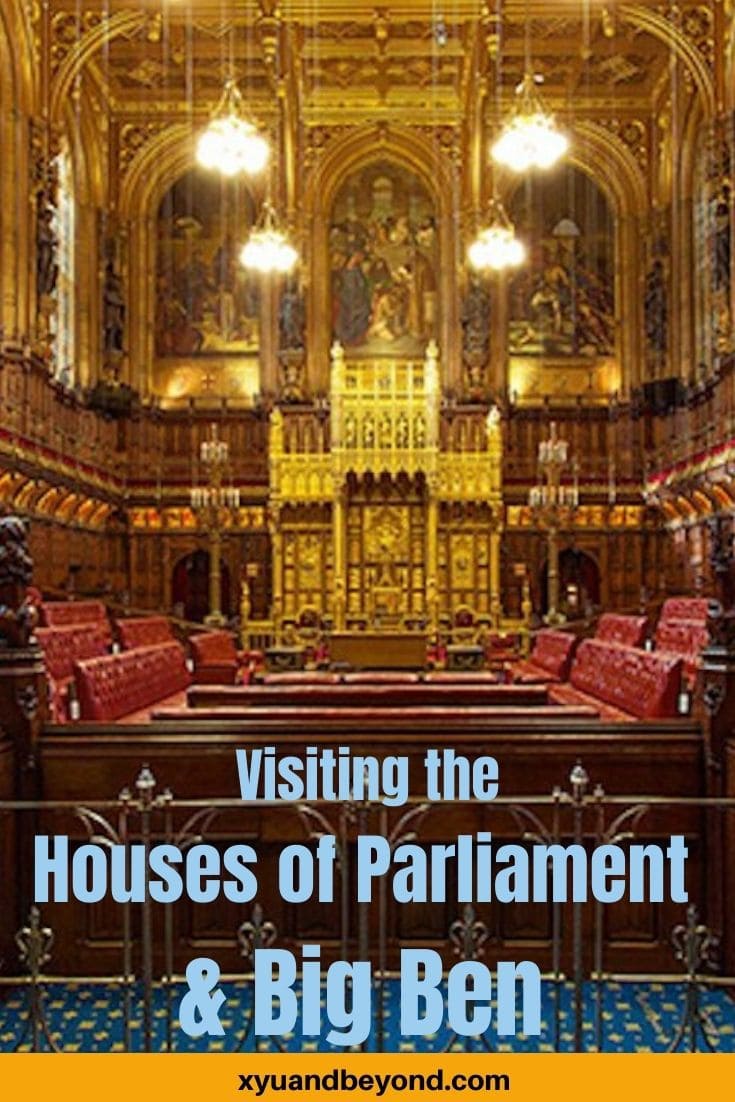Ultimate tips for visiting Big Ben and the Houses of Parliament
The British House of Parliament in London known as The Palace of Westminster was the first royal palace in England. The reason for the name the Houses of Parliament is that there are two of them the House of Commons and the House of Lords. Yes, you can visit the Houses of Parliament and Big Ben and see this historic seat of the British government.
If you plan on a visit to London a Big Ben and Houses of Parliament tour should be on your to-do list. You may even get a chance to sit in the public galleries and watch one of those acrimonious debates that are the order of the day.
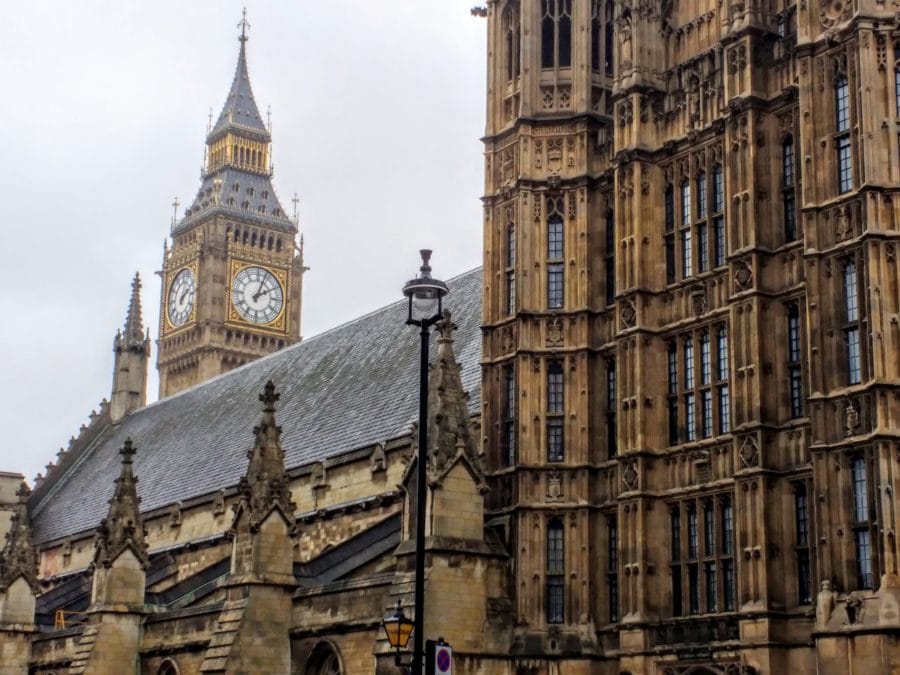
- Ultimate tips for visiting Big Ben and the Houses of Parliament
- Frequently Asked Questions: How to Visit Big Ben and the Houses of Parliament
- 1. How can I visit Big Ben and the Houses of Parliament?
- 2. Are there Guided Tours available for Big Ben and the Houses of Parliament?
- 3. What is the best way to get to the House of Commons and House of Lords within the Palace of Westminster?
- 4. Can UK residents visit Big Ben and the houses of parliament?
- 5. How long does a Big Ben Tour take?
- What other attractions are near Big Ben and the houses of parliament?
- What are the houses of Parliament?
- How to get to the Houses of Parliament and Big Ben
- What are the houses of Parliament?
- Houses of Parliament History
- WWII and the Houses of Parliament
- What can you see at the Houses of Parliament?
- Guide to visiting Big Ben
- Restoration of Big Ben
- Tips for visiting the Houses of Parliament
- Houses of Parliament tours
- How to get Houses of Parliament tickets?
- Dining in the House of Commons
- Frequently Asked Questions: How to Visit Big Ben and the Houses of Parliament
Xyuandbeyond is reader-supported. When you buy through links on our site, we may earn an affiliate commission. You can read my privacy policy here.
Frequently Asked Questions: How to Visit Big Ben and the Houses of Parliament
1. How can I visit Big Ben and the Houses of Parliament?
To visit Big Ben and the Houses Of Parliament, you can book a guided tour or explore the attractions on your own. The famous landmarks are located in Westminster, London.
2. Are there Guided Tours available for Big Ben and the Houses of Parliament?
Yes, you can book guided tours to explore Big Ben and the Houses Of Parliament. These tours provide in-depth information about the history and significance of the Landmarks.

3. What is the best way to get to the House of Commons and House of Lords within the Palace of Westminster?
The House Of Commons and House Of Lords are located within the Palace Of Westminster. You can access them by following the designated routes during your visit.
4. Can UK residents visit Big Ben and the houses of parliament?
Yes, UK Residents can visit Big Ben and the Houses Of Parliament by booking tours or attending special events at the Westminster Palace.
5. How long does a Big Ben Tour take?
A Big Ben Tour usually takes around an hour, during which you can climb the Elizabeth Tower and see the famous clock tower up close.
What other attractions are near Big Ben and the houses of parliament?
The area around Big Ben and the Houses of Parliament in London is rich with numerous attractions. Here are some notable ones nearby:
Westminster Abbey: This historic Gothic church is located just a short walk from Big Ben. It is the traditional site of coronations and a burial place for many monarchs and significant figures in British history.
The London Eye: Located across the River Thames, this giant Ferris wheel offers spectacular views of the city’s skyline, including Big Ben and the Houses of Parliament.

Buckingham Palace: The official residence of the British monarch, Buckingham Palace is about a 15-minute walk from Parliament. Visitors can watch the Changing of the Guard ceremony here.
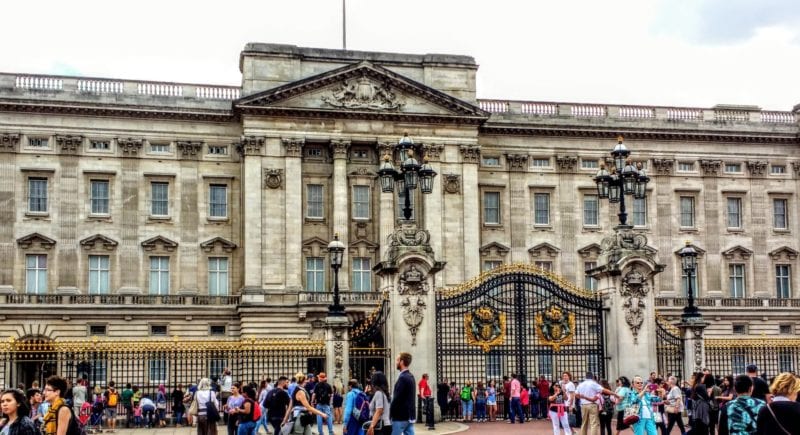
St. James’s Park: A beautiful Royal Park near Buckingham Palace, it offers picturesque walking paths, gardens, and a lake.
Trafalgar Square: About a 15-minute walk from Big Ben, this famous square is home to the National Gallery, Nelson’s Column, and several other statues and fountains.
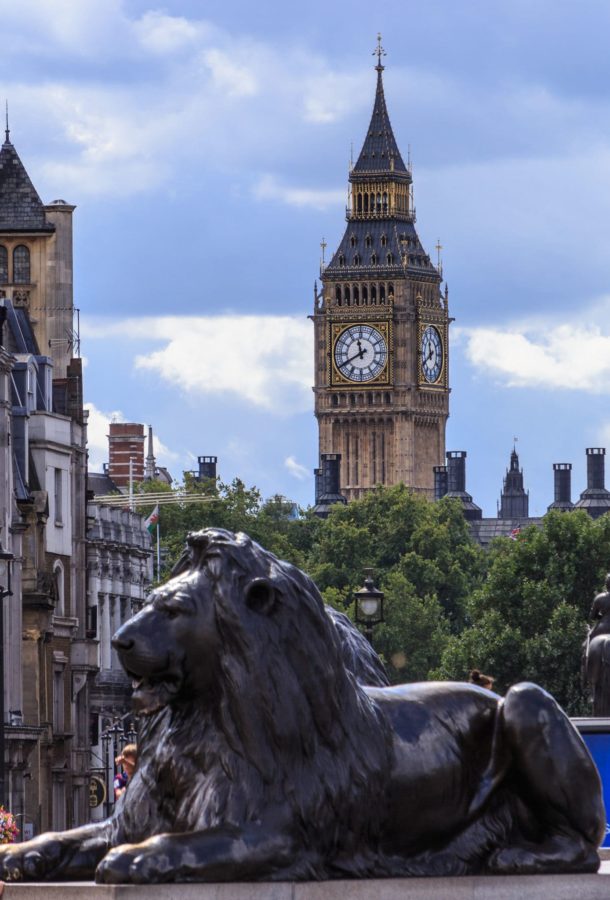
Churchill War Rooms: This museum, part of the Imperial War Museums, is located in the basement of the Treasury Building in Whitehall, a short distance from Parliament. It offers a fascinating glimpse into Winston Churchill’s wartime bunker.
Downing Street: The official residence of the Prime Minister at 10 Downing Street is located nearby, although it’s not open to the public, you can view it from the gates on Whitehall.
Southbank Centre: Across the Thames, this cultural complex includes the Royal Festival Hall, the Hayward Gallery, and the Queen Elizabeth Hall, offering a variety of performances, exhibitions, and festivals.
The Tate Britain: A short distance away, this art museum houses a significant collection of British art from the 16th century to the present.
Covent Garden: A vibrant area known for its shopping, street performers, and the Royal Opera House, it’s within walking distance or a short bus ride away.
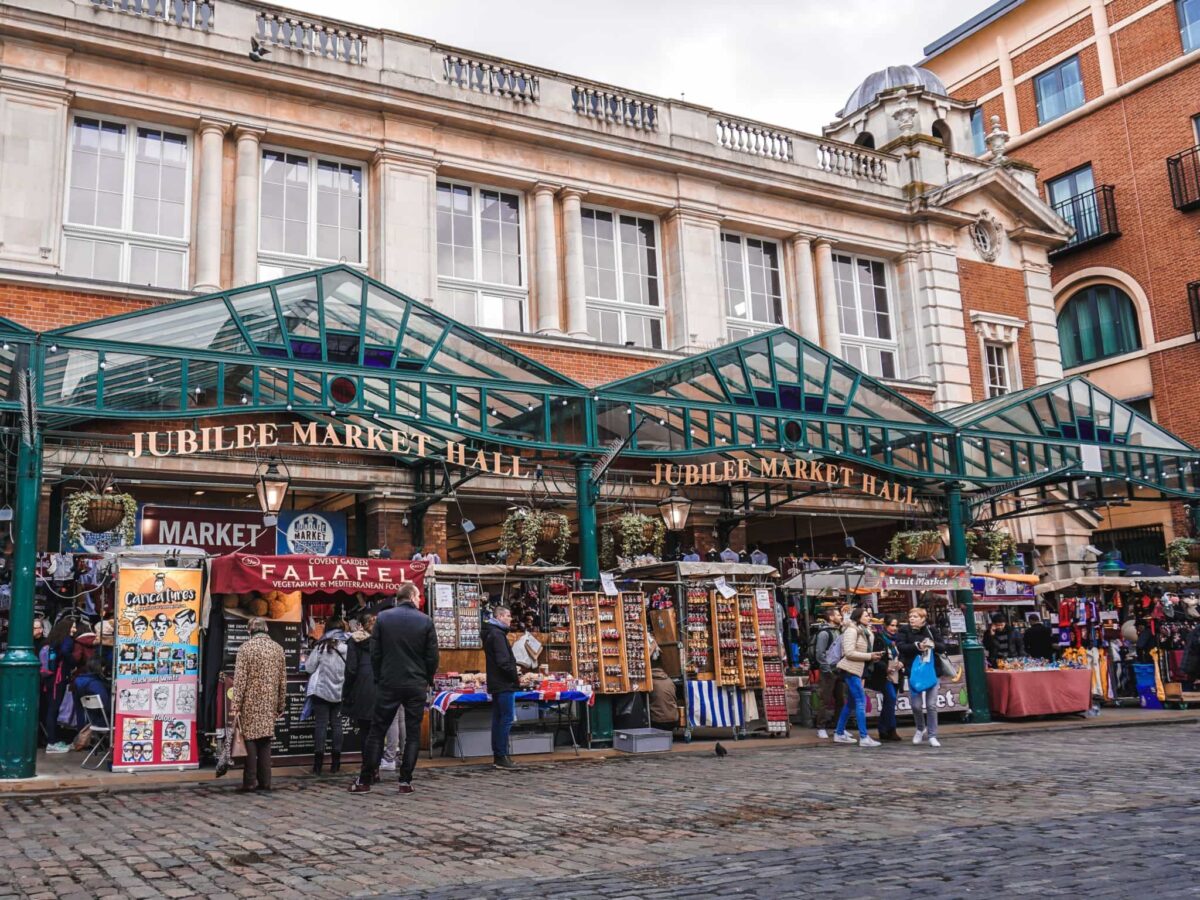
These attractions make the area around Big Ben and the Houses of Parliament a vibrant and interesting part of London to explore.
What are the houses of Parliament?
The British Parliament is made up of three central elements: the House of Commons, the House of Lords and the Monarchy. The main business of Parliament takes place in the two Houses. Generally, the decisions made in one House have to be approved by the other.
What are the Houses of Parliament used for?
This is where the governing of the country takes place. The Houses of Parliament make the laws of the country the debate pressing issues and scrutinize the work of the government. The House of Commons also grants money to the government through their approval of Bills that will raise taxes.
How to get to the Houses of Parliament and Big Ben
The Houses of Parliament or the Palace of Westminster sits right on the River Thames and is pretty easy to get to from any point in London. Big Ben and the Houses of Parliament are located on the north bank of the River Thames, easily accessible from the Westminster underground tube station, which is serviced by the Jubilee, Circle, and District lines. You can also hop off at Waterloo station to wander along the vibrant South Bank, past the London Eye, before crossing Westminster Bridge to reach Big Ben.
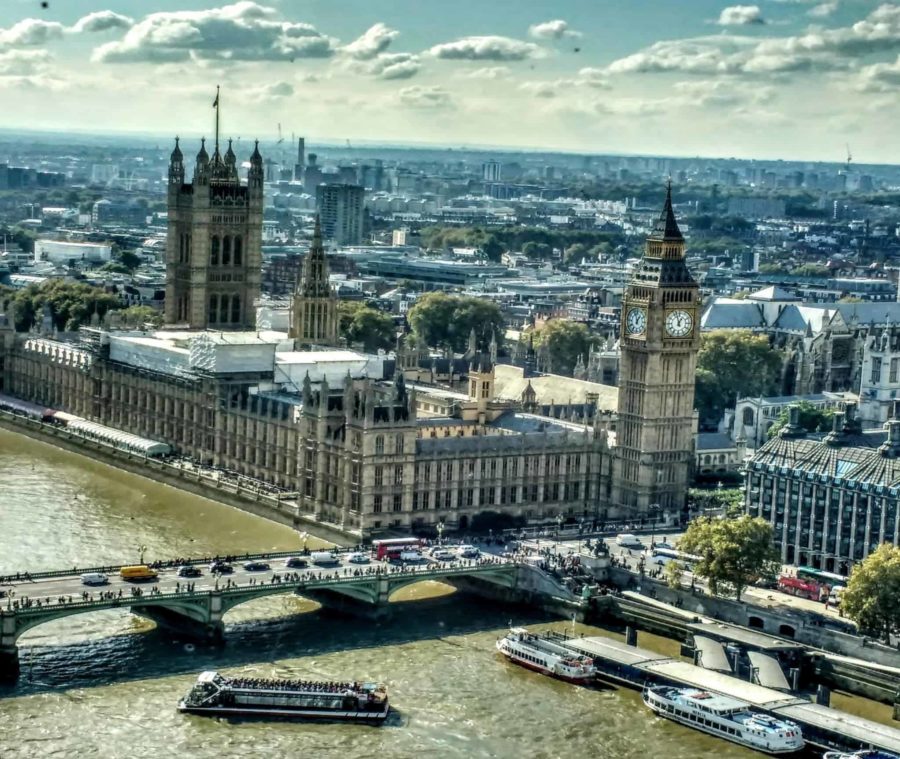
The closest Underground or Tube station is Westminster, which is served by the Jubilee, Circle and District lines. It is also near the Embankment station, which is served by the Bakerloo and Northern lines. From either Tube station, it is a quick walk to the Houses of Parliament and trust me you can’t miss those glorious spires reaching for the sky, not to mention the sounds of Big Ben.
What are the houses of Parliament?
The British Parliament is made up of three central elements: the House of Commons, the House of Lords and the Monarchy. The main business of Parliament takes place in the two Houses. Generally, the decisions made in one House have to be approved by the other.
What are the Houses of Parliament used for?
This is where the governing of the country takes place. The Houses of Parliament make the laws of the country the debate pressing issues and scrutinize the work of the government. The House of Commons also grants money to the government through their approval of Bills that will raise taxes.

What is The House of Lords?
The House of Lords is where the Lords and a few Ladies of royal or “blue blood” sit. There are approximately 800 members. These members are appointed by the Queen on the advice of the prime minister. Some non-party-political members are recommended by an independent body, the House of Lords Appointments Commission.
The House of Lords is the second chamber of the Houses of Parliament. It is independent of and complements the work of, the elected House of Commons. The Lords share the task of making and shaping laws and checking and challenging the work of the government.
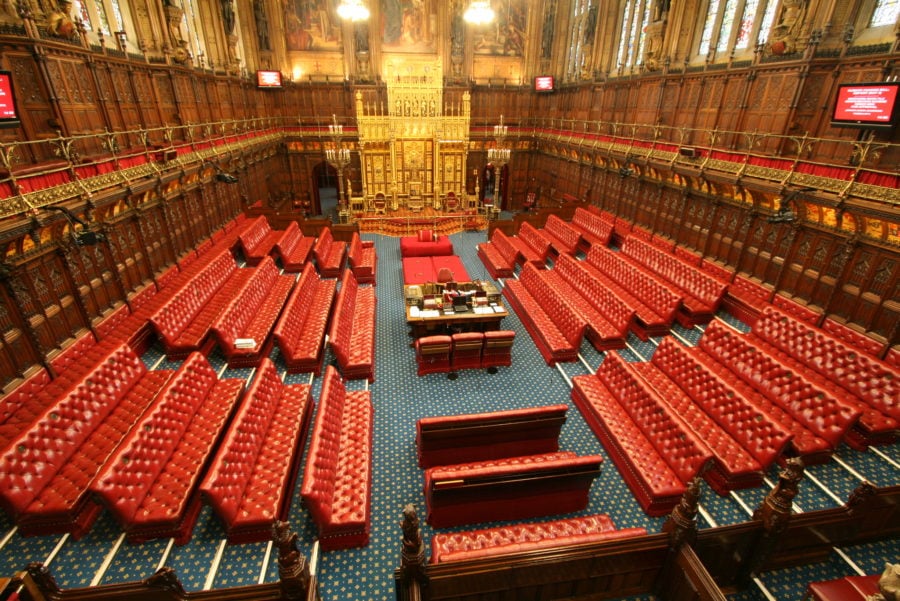
Members of the House of Lords get a £305 per day attendance allowance, plus travel expenses and subsidised meals or they can choose to receive a reduced attendance allowance of £150 per day instead.
What is The House of Commons?
The House of Commons is more important because it decides which laws will be discussed and passed, whereas the House of Lords spends its time examining and perfecting the details of each law. Other levels of government, such as local councils and the Scottish Parliament, are given their powers by Parliament.

The House of Commons, which is green is the lower house, where the 650 elected Members of Parliament sit.
Houses of Parliament History
The Houses of Parliament got their name from the neighbouring Westminster Abbey but since the real name is the Palace of Westminster this was also a true palace that was built during the middle ages. The Palace of Westminster is owned by the Queen and it does retain its status as a royal residence it was also the first royal palace.
Both Houses manage the property and report to the Speaker of the House of Commons concerning what takes place and the management of the buildings.
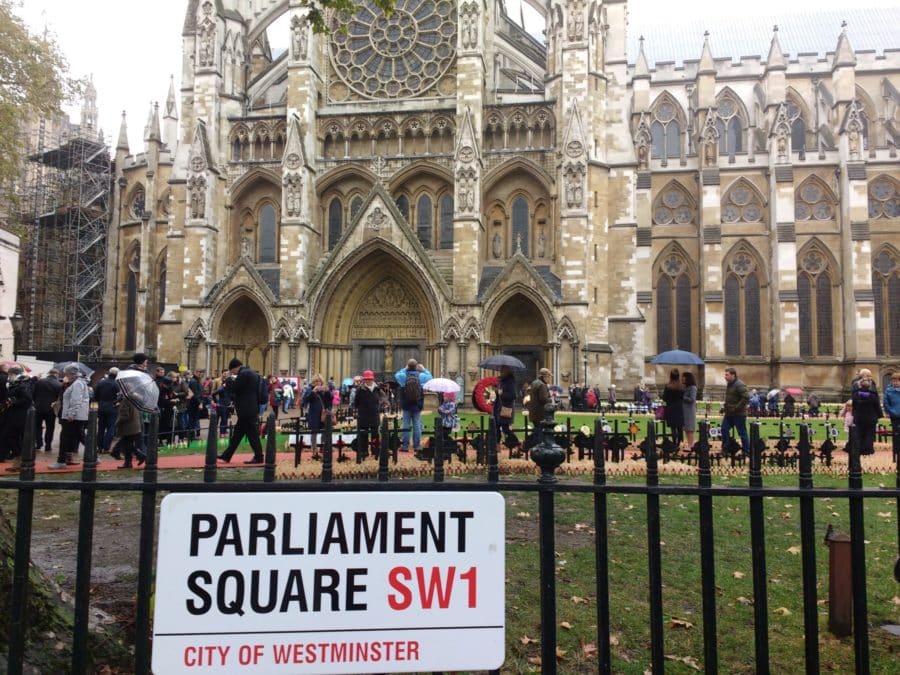
Who built the Houses of Parliament?
The first palace was built on the site in the 11th century under William II (Rufus), the son of William the Conqueror, and was completed two years later. In 1512 it was destroyed by fire and after that, it became the home of Parliament. It was Sir Charles Barry a 19th-century architect who designed the stunning gothic wonder we see today.
The Palace of Westminster has been a Grade I listed building since 1970 and part of a UNESCO World Heritage Site since 1987.
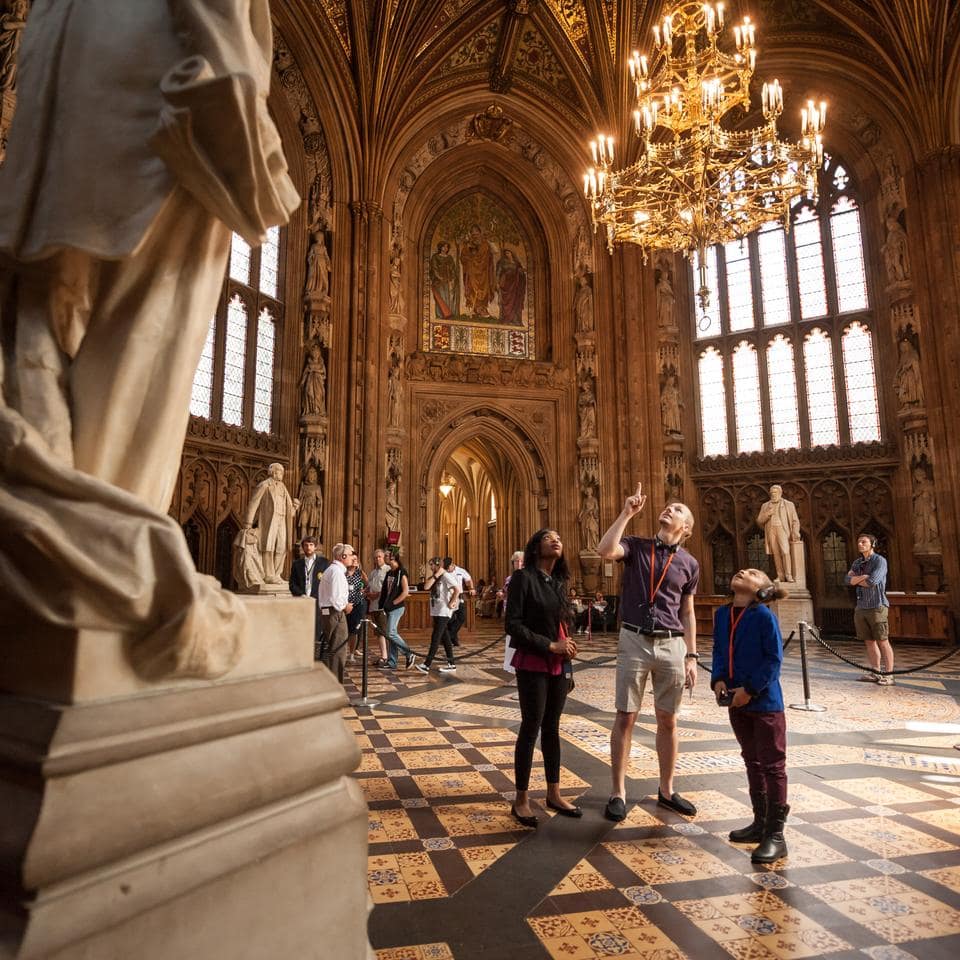
During the reign of Henry VIII, the royal residence part of the Palace of Westminster was destroyed by fire and the King moved into Whitehall Palace which he had taken from Cardinal Wolsey. Although the Whitehall palace does not survive, the area where it was located is still called Whitehall and has remained a centre of government evolving later that century into the House of Commons, the House of Lords and the Royal Courts of Justice.
Queen Elizabeth, I stayed at Whitehall Palace more than at any other palace because it was close to the Palace of Westminster, where Parliament and the law courts sat. The Queen spent many Christmases at Whitehall Palace.
For over two centuries the Commons did not even meet in the Palace. In 1352 it first met in the Chapter House of Westminster Abbey, and in 1397 it moved from there to the Refectory, or dining hall, of the Abbey. After the Reformation, the royal chapel in the Palace, St Stephen’s, no longer served the religious purpose for which it had been built, and in 1547 the Protestant Edward VI gave the Commons the use of the chapel as their place to deliberate, where they stayed until it burned down in 1834.
Significant alterations to the Houses of Parliament didn’t begin until the 18th century as there simply wasn’t enough room in the existing buildings for Parliament to carry out its duties.
In 1605 the medieval House of Lords chamber, which had been the focus of the Gunpowder Plot was demolished and new facilities were built.

Sadly in 1834, another fire broke out and both Houses of Parliament were destroyed. As a result, King William IV offered to the Houses of Parliament the use of Buckingham Palace which he hated. But they rejected that offer and new buildings were constructed.
Who owns the Houses of Parliament?
According to who owns England it appears that The Crown Estate, acting on behalf of the Queen, quietly lodged a ‘Caution’ in 2008 over anyone else seeking to register their ownership of the Houses of Parliament. Their caution asserts “That the Queens’s Most Excellent Majesty is interested in the land as a beneficial owner in fee simple in right of Her Crown.” The Crown does own outright the Victoria Tower part of the Houses of Parliament.
WWII and the Houses of Parliament
During the Blitz of London which took place at the height of WWII, the Houses of Parliament were hit by bombs 14 times. One, in particular, fell into the Old Palace Yard and badly damaged the wall of St. Stephen’s porch and the west front. A statue of Richard the Lionheart was lifted off its base and the sword in the hand of Richard was bent. This became a symbol of Britain’s unflagged determination to not be destroyed by Hitler.

The worst attack of WWII happened in May 1941 when the Houses of Parliament was hit by 12 bombs and three people were killed. The House of Commons was set on fire by an incendiary bomb and the roof of Westminster Hall caught on fire. Sadly the firefighters could not save both and they successfully kept the Hall from being destroyed.
Due to the extensive restoration that needs to take place, the Houses of Parliament MPs decided to move from the building for six years starting in 2025.
What can you see at the Houses of Parliament?
Victoria Tower
The Palace of Westminster has three main towers. These include the Victoria Tower which was originally called the King’s Tower because of course, it was the tallest, in 1858 it was the tallest non-religious building in the world.
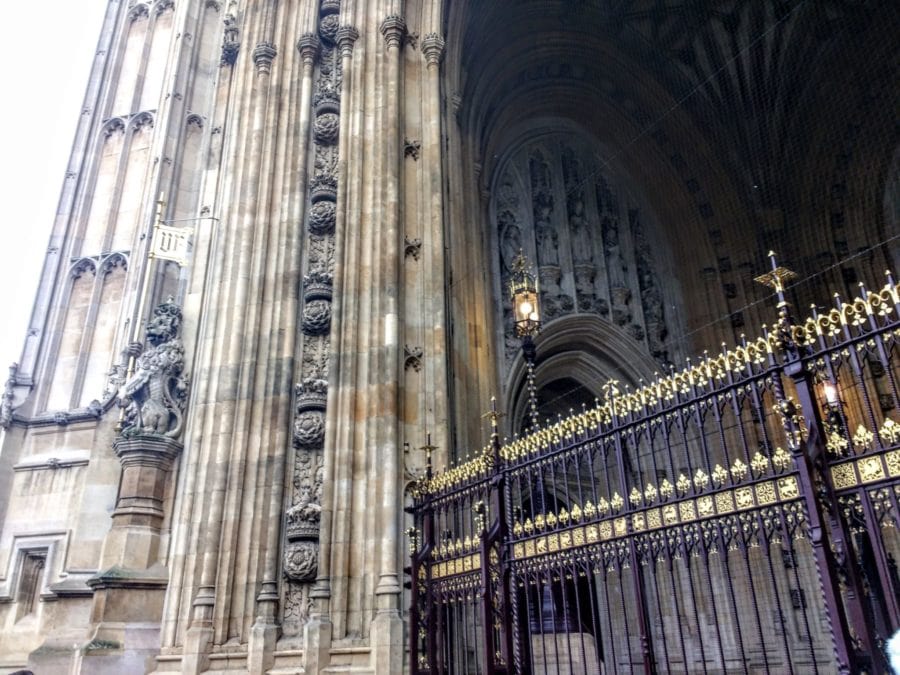
Sovereign’s Entrance
At the base of the tower is what is called the Sovereign’s Entrance which is used by the Queen when entering to open Parliament and usually takes place in May or June.
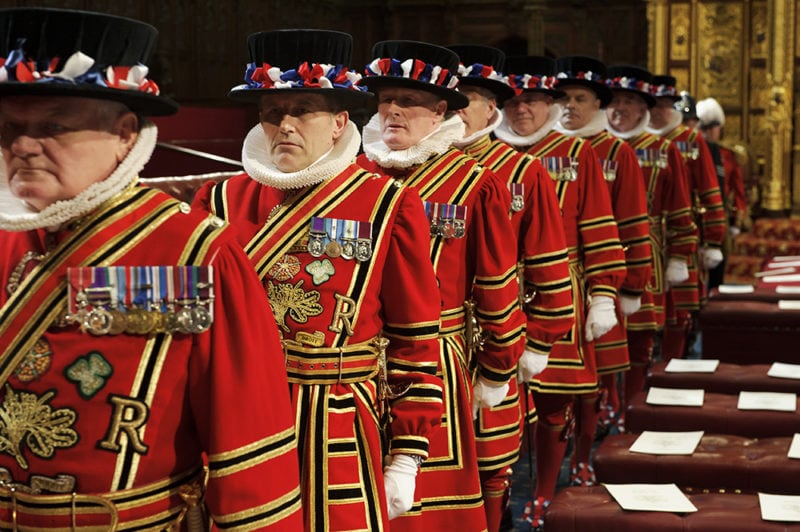
The public doesn’t get to see this but before the Queen arrives at parliament, the Yeomen of the Guard, the royal bodyguards, ceremonially search the cellars of the Palace of Westminster for explosives.

This commemorates Guy Fawkes’s ‘gunpowder plot’ of 1605 – a failed attempt by English Catholics to blow up the Protestant King James I and Parliament.
This is one of the few times that the Queen uses the Irish State Coach from Buckingham Palace. Did you know that her crown takes a different coach? It’s true it travels to the Houses of Parliament in Queen Alexandra’s State Coach or sometimes by limo.
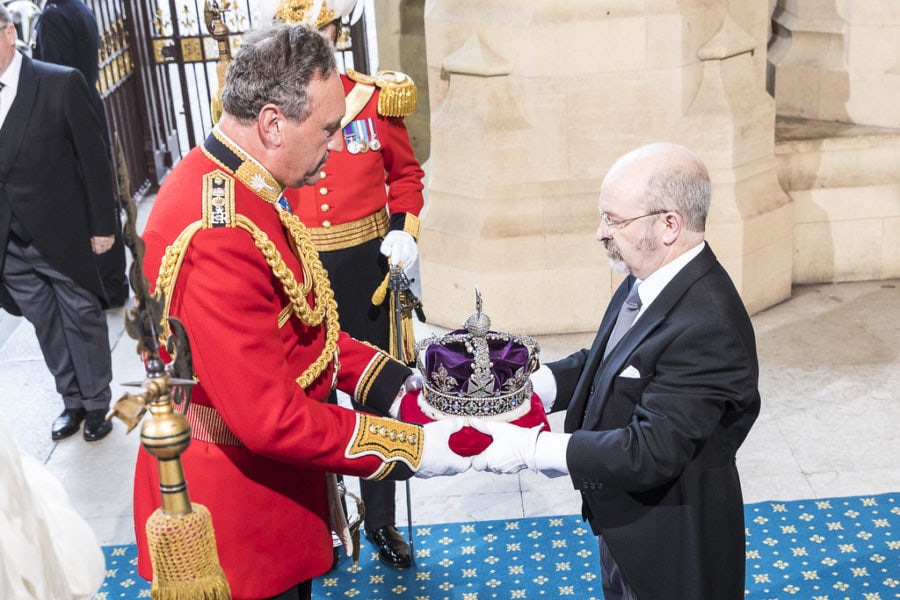
Guide to visiting Big Ben
10 Facts About Big Ben
- The construction of the clock tower started in late 1843 and it was completed in 1859.
- It is Great Britain’s largest clock and the world’s largest four-faced chiming clock.
- There are two theories on how the great bell of the clock got its name, the first being that is was named after a large man; Sir Benjamin Hall who was the Commissioner for Works from 1855 to 1858. Or it could have been named after Ben Caunt, a champion heavyweight boxer in the 1850s.
- The spire at the top of the clock tower is named Little Ben.
- The great bell weighs over 13 tons and its chimes can be heard for five miles.
- There are 334 steps to the top of the clock tower.
- The clock is adjusted every year using an old penny coin. If the clock is too fast, another penny is added to the pendulum, or if it is too slow, a penny is removed.
- Big Ben is Britain’s most frequently featured film location.
- On 31st December 1923, the BBC first broadcasted the chimes of Big Ben and this has become traditional even today
- The Elizabeth Tower is not open to the general public however UK residents can apply for a visit by writing in advance to their MP.
The Elizabeth Tower or rather Big Ben houses the five bells from which the name Big Ben comes. It was originally called the Clock Tower and was re-named the Elizabeth Tower in 2012 to celebrate Queen Elizabeth’s Diamond Jubilee.
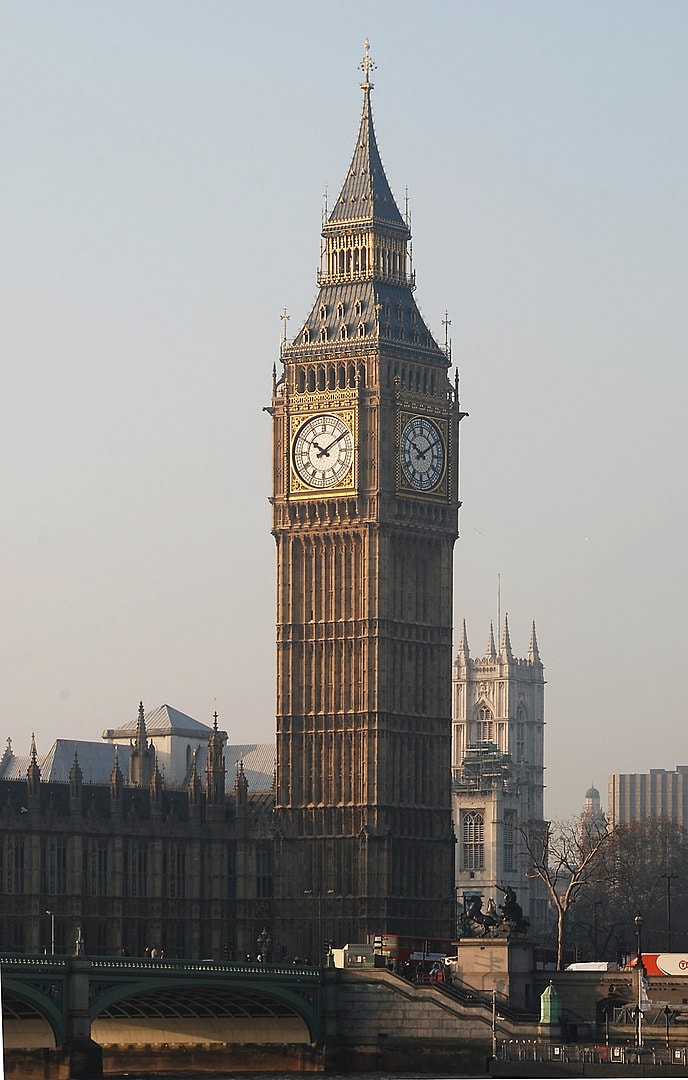
Big Ben strikes the hour within a second, making it one of the most accurate 19th-century clocks in the world. Time is shown on its four faces or dials which are 23 ft in diameter and made from milk glass. They are lit from behind at night.
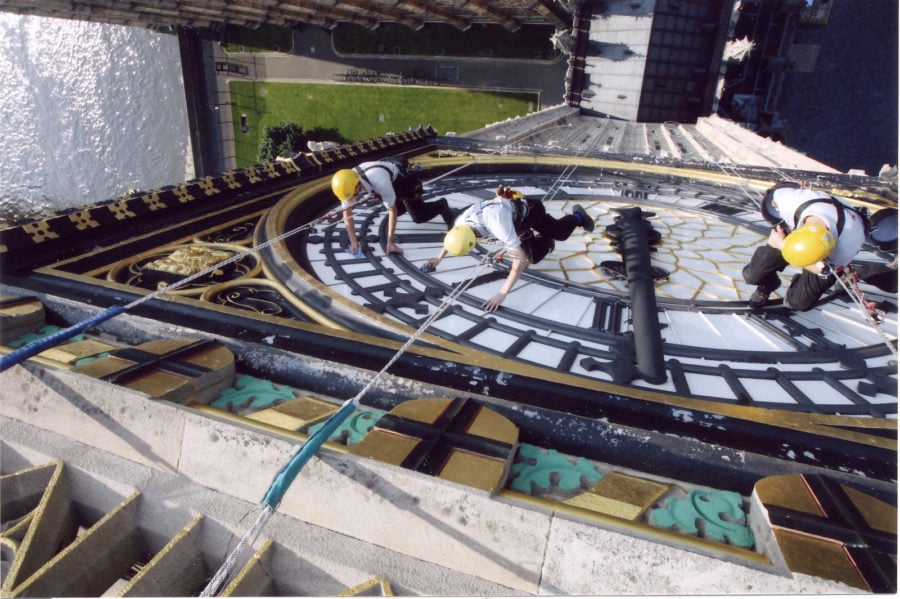
In the 2012 BBC Four documentary, Richard Taylor describes Pugin’s Clock Tower: “It rises from the ground in this stately rhythm, higher and higher, before you reach the clock face, picked out as a giant rose, its petals fringed with gold. Medieval windows above that and then it hits the grey cast iron roof, its greyness relieved by those delicate little windows again picked out in gold leaf. And then rises again in a great jet of gold to the higher roof that curves gracefully upwards to a spire with a crown and flowers and a cross. It’s elegant and grand and has fairy tale qualities.”
Bells of Big Ben
Five massive bells hang in Big Ben four of which are quarter bells that chime every quarter-hour. The largest bell or The Great Bell of Westminster, nicknamed Big Ben (nobody knows why) strikes the hours. The first bell used cracked and the bell that replaced it and is in use now also cracked but the crack gives it a very distinctive sound.
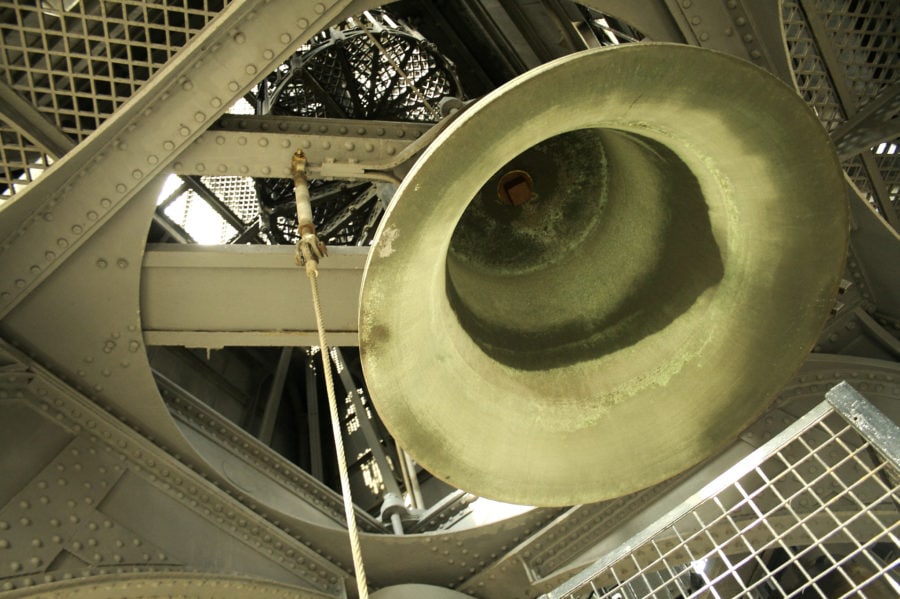
There is a lantern at the top of the tower which is called the Ayrton Light. Queen Victoria had it installed so she could see from Buckingham Palace whether the members of the house were working.
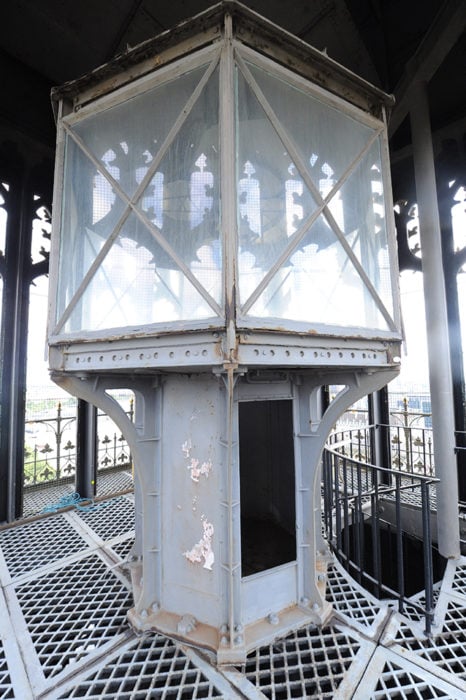
Restoration of Big Ben
The 1,296 pieces of glass that make up the clock faces were also removed and replaced. In December 2021, after four years of renovations and restoration, the tower emerged from behind its scaffolding in time for the ringing in of the new year, and its official reopening summer of 2023.

During the restoration of Big Ben and the Tower, a time capsule was found hidden in the roof, placed there in the 1950s during repair work for bomb damage. The capsule contained lists of the names of all the workmen who were involved in the repair work. Today’s construction teams have also left a time capsule for future generations to find.

Central Tower
Back in the day, the Houses of Parliament were heated by over 100 fires burning throughout the building. To draw out some of the smoky air, the Central Tower was built. This Tower is a gothic treasure.

The Queen’s Robing Room
The Queen’s Robing Room is where she stops to put on her royal regalia including the crown that travels in its coach. The Robing Room is richly decorated with an incredible throne of purple and gold with its footstool. The footstool is from Queen Victoria who was so tiny she didn’t want her feet dangling from the throne. The “throne” is called the Chair of State and was built in the 19th century. It has a canopy carved with the thistle of Scotland, the shamrock of Ireland, the rose of England and Queen Victoria’s monogram.

The paintings in the robing room represent the legend and values of King Arthur. They are by William Dyce and depict the chivalric virtues of hospitality, generosity, mercy, religion and courtesy.
Tours then move on through the Central Lobby, Members Lobby and one of the voting lobbies before entering the Commons Chamber, this is where you have watched the Brexit debates take place.
Passing through St Stephen’s Hall, tours end in 900-year-old Westminster Hall where Guy Fawkes was tried and where Nelson Mandela and Barack Obama addressed Parliament.
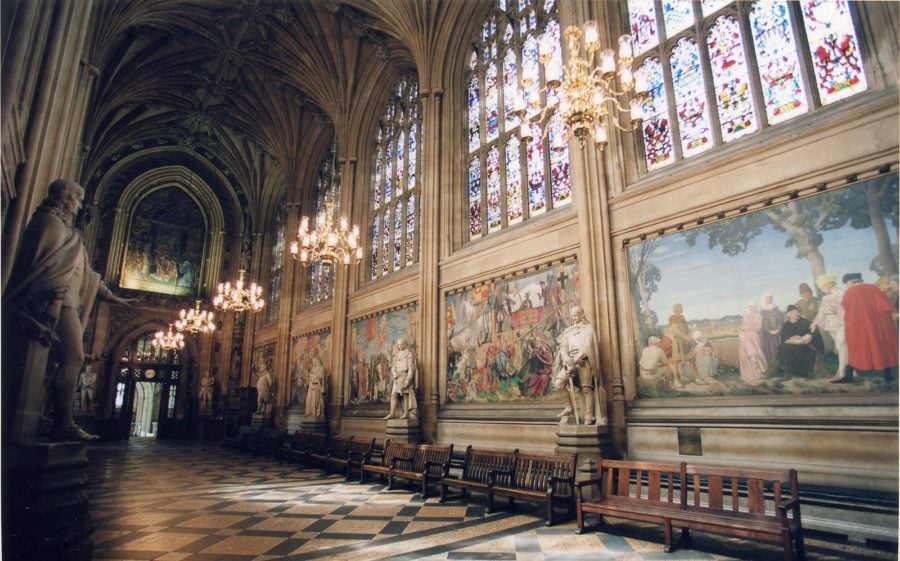
St. Stephen’s Tower
The public entrance to the Palace of Westminster is St. Stephen’s Tower which is positioned in the middle of the west front.
Gardens at the Houses of Parliament
The Houses of Parliament’s location also has several small gardens surrounding it. The Victoria Tower Gardens is a public park along the side of the river south of the palace. The other public garden is known as College Green, opposite the House of Lords this is a small triangle-shaped commonly used for TV interviews with sitting politicians.
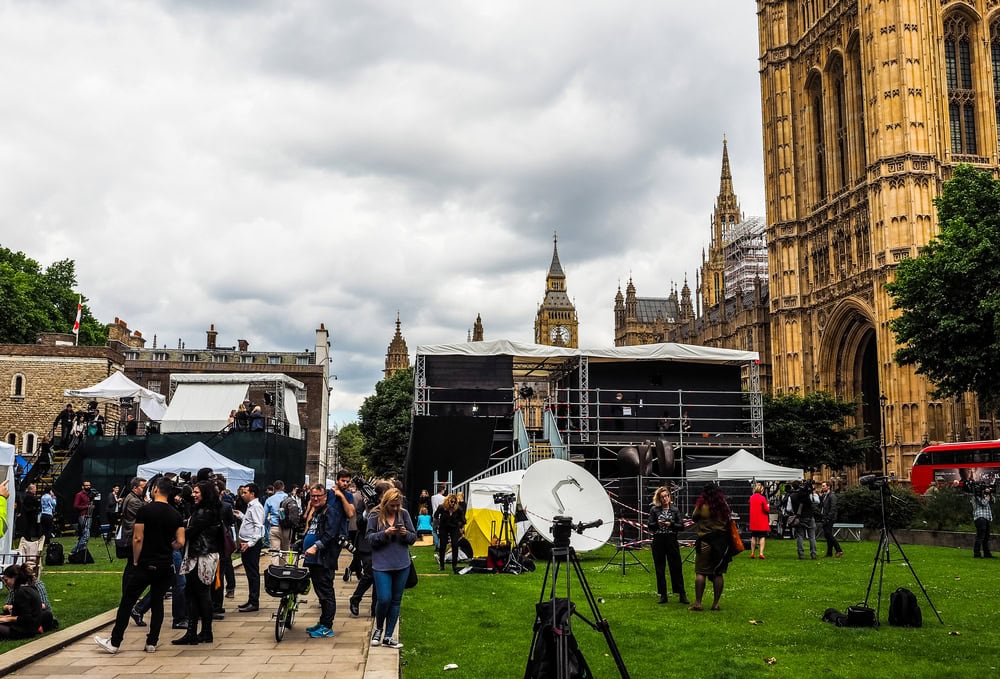
Parliament Square
Parliament Square is a significant public space in the heart of London, located directly opposite the Houses of Parliament. Due to its proximity to the UK Parliament, Parliament Square is a popular site for political demonstrations and protests. It is common to see various groups gathering here to voice their opinions on a wide range of issues
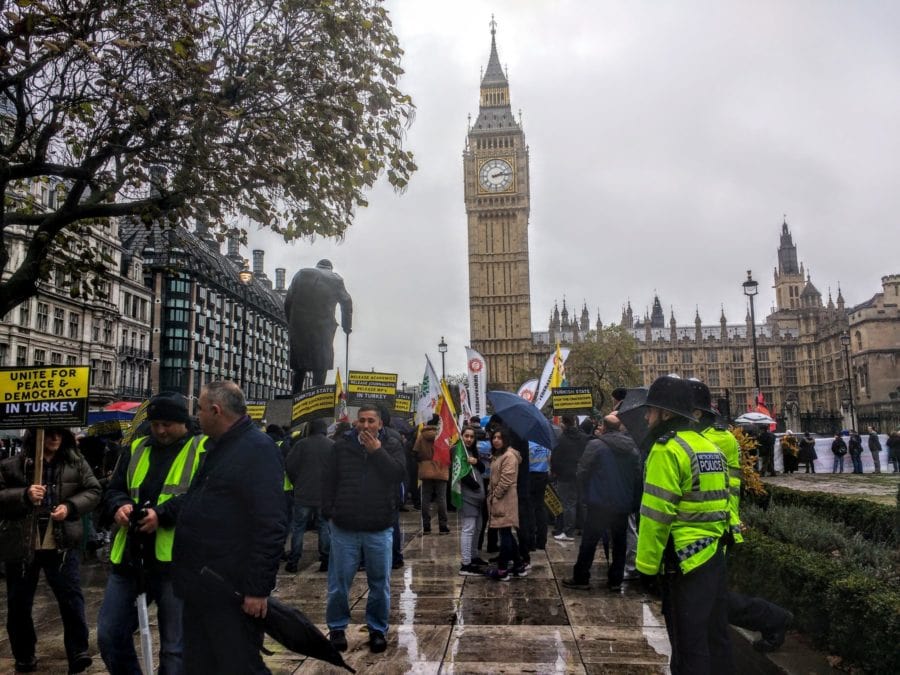
Tips for visiting the Houses of Parliament
- No photos are allowed of most of the tour due to security
- Security is very tight so be prepared
- Queues for tickets can be very long in the summer so
- Book online and ahead of time
- Wear comfortable shoes there is a lot of walking
- There is wheelchair access and disability supports
If you live in London you can contact your local MP for a free tour of the Palace of Westminster, if not you must pay for your entrance. There are several tours you can take of the Houses.
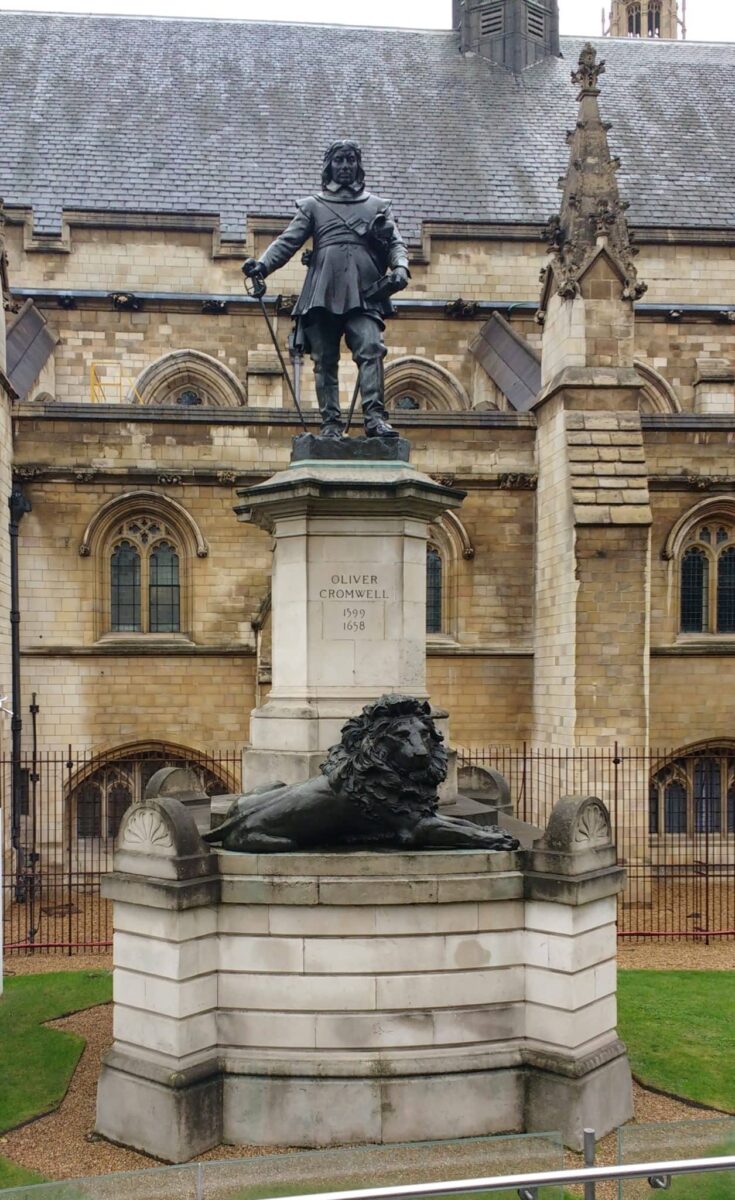
There is bench seating in Westminster Hall, and visitor assistants can escort visitors with disabilities from Westminster Hall to Central Lobby. There is a small lift to get to the Central Lobby but the tour is step-free from there onwards. If you are a wheelchair user you will be taken through different areas which is sort of cool as you get to see things that other tourists will never get a chance to.
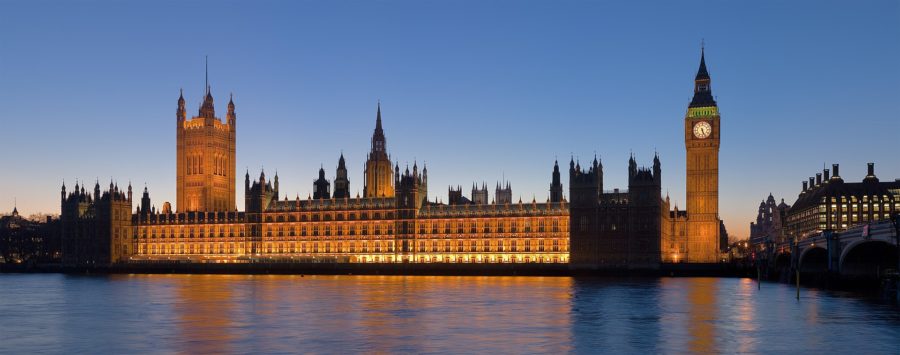
How to visit the Houses of Parliament for free
If you don’t want to pay for a tour you can see part of the Palace of Westminster for free. If you are a citizen of the UK you can apply to your MP for a free ticket. Or you can choose to watch the House of Lords or the House of Commons in action by sitting in the public Galleries. The best times to enter the Public Galleries are on Wednesdays during the Prime Minister Question period.
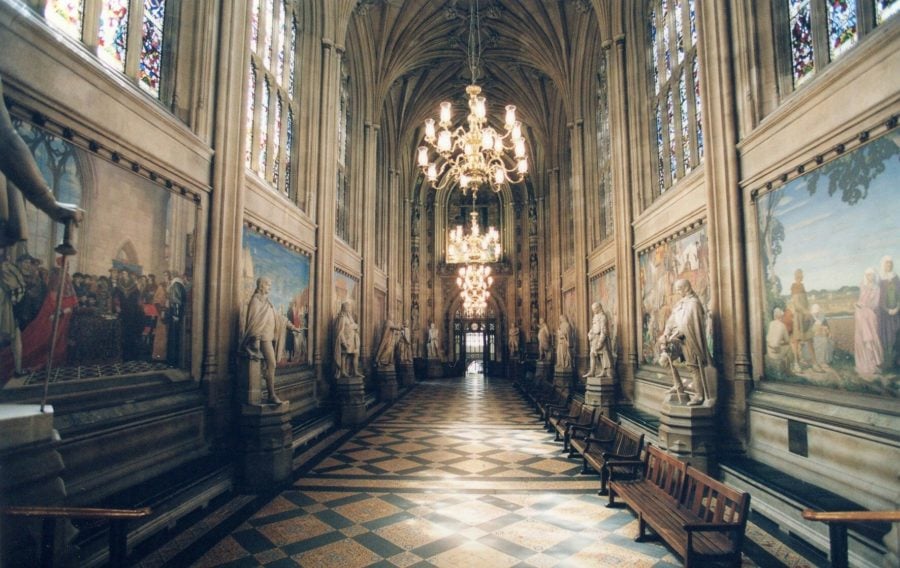
Houses of Parliament tours
- Self Guided Tours
- Guided Tours
- Guided Tours with Afternoon Tea
- House of Commons Library Tour
- LGBTQ+ Tour
- Dinner in The House of Commons Members’ Dining Room
How to get Houses of Parliament tickets?
You can book online, by telephone or via the ticket office, it is recommended that you book in advance as capacity is limited each day. These highly popular tours tend to sell out on the day of release. Tickets are released three months in advance, on the second Wednesday of every month at 10am. Tickets can only be purchased online and visitors will be able to book a maximum of eight tickets per person, depending on availability.
Big Ben preview tours
Get a first look inside the Elizabeth Tower and see some of the extensive refurbishment and conservation work carried out over the last six years. This limited tour is offered at a reduced rate of £10 and is a rare opportunity to see inside the Tower while UK Parliament put the finishing touches on the exhibition elements ahead of the official reopening this summer. This limited tour in English is offered at a reduced rate of £10 and is a rare opportunity to see inside the Tower while UK Parliament put the finishing touches on the exhibition elements ahead of the official reopening this summer.
A Self-Guided Tour of the Houses of Parliament and Big Ben
You can get an audio guide to the Houses of Parliament and follow it through the building. These audio tours guide you through the route that the Queen takes at the opening of Parliament. It proceeds through the Robing Room through the Royal Gallery and into the Lords Chamber.
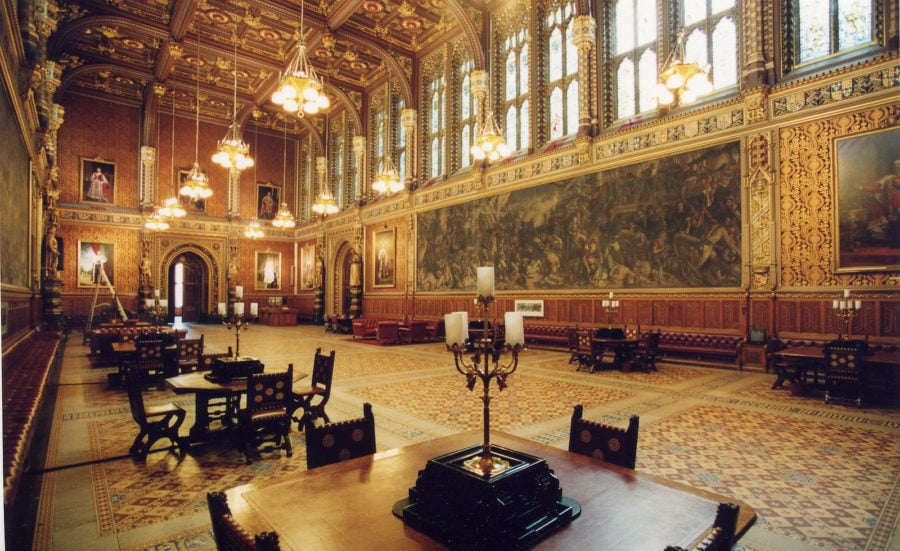
When are the Houses of Parliament open for tours?
Tours take around 90 minutes. You can book this tour on Saturdays throughout the year and on most weekdays when Parliament is not in session. Tickets for this tour cost Adults: £19.50, these can be booked online or purchased from the ticket office in front of Portcullis House on the Victoria Embankment.
Houses of Parliament Guided Tours As above these tours take place on Saturdays or when the House isn’t sitting. They are guided by great tour hosts who know the history of the building inside and out. The cost of a guided tour for Adults: £26.50
Guided Tours with Afternoon Tea
These tours involve the above but you also get to have afternoon tea in one of the beautiful riverside rooms in the House of Commons. It is a traditional afternoon tea that can be served with a menu of tempting savoury finger sandwiches and freshly made scones, cakes with a luxury selection of teas or coffee. Vegetarian and Vegan are available. The cost of this tour is £30 per adult.
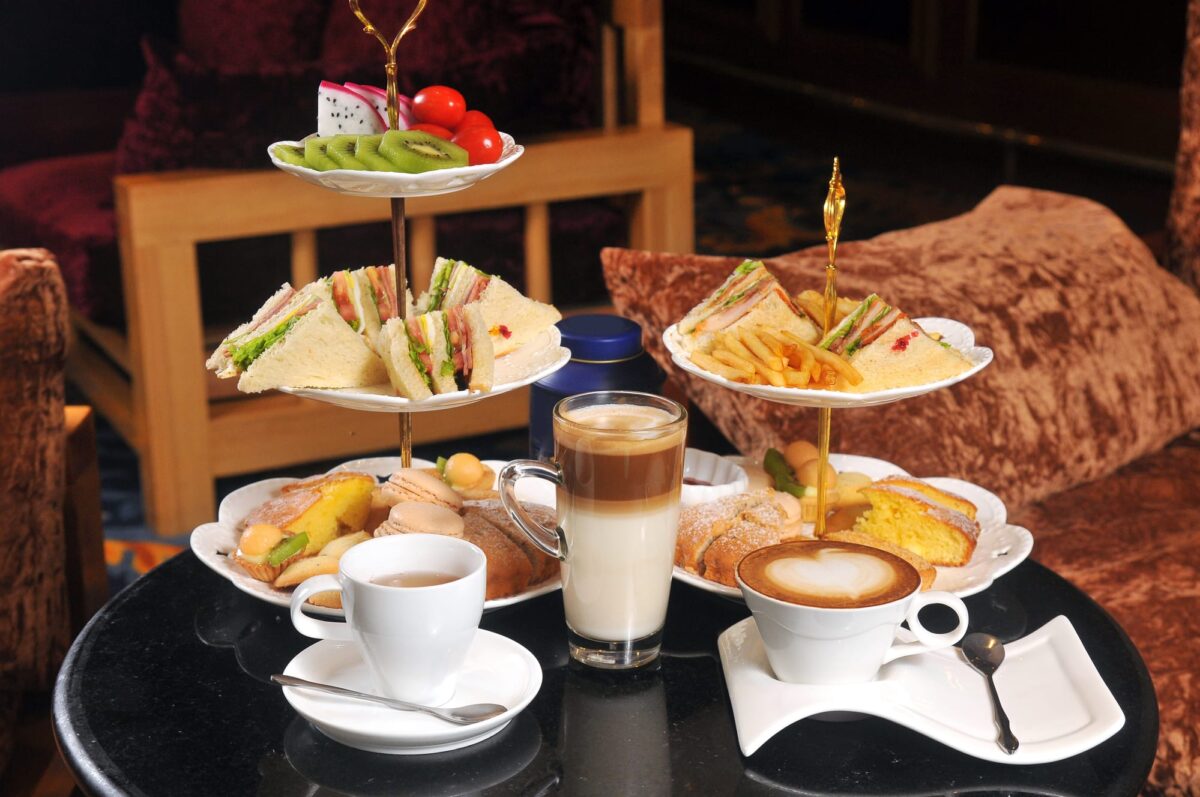
House of Commons Library Tour

Housed in the magnificent Pugin rooms, the Library collection comprises almost 230,000 publications and the Librarians respond to around 30,000 enquiries from MP’s and their staff on all manner of laws, policies and releases. The tour takes around 60 minutes and costs £19.50 for an adult ticket.
LGBTQ+ Tour
A fascinating tour that showcases LGBTQ+ people at UK Parliament as leaders, legislators, activists, lobbyists and monarchs. It includes their stories and struggles for civil rights and the fights they took on to demand equal rights in law. An adult ticket costs £26.50
Dining in the House of Commons
Once in a while, the public can have Lunch or dinner in The House of Commons Members’ Dining Room. These are set menus of seasonal British cuisine but you must book at least 3 months in advance, dress smartly (no jeans) and it costs around Lunch/dinner £45/55.
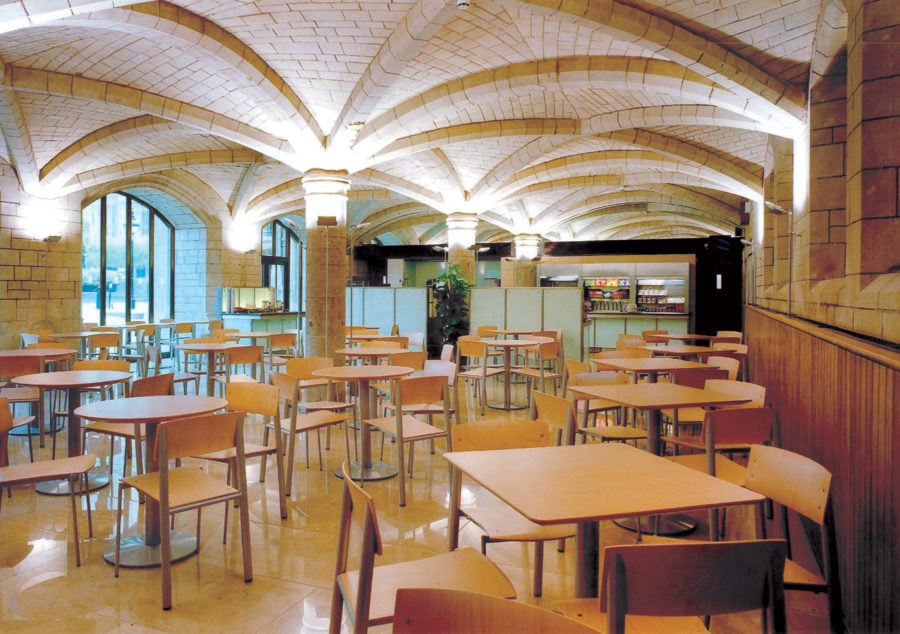
Houses of Parliament and Big Ben shopping and cafe
There is a Houses of Parliament Shop, which can be accessed via a lift. In the shop, you can buy all kinds of souvenirs from books and maps to wine. There is also a small cafe to have a rest and a coffee at. There is also an accessible public toilet, including a changing bench and a hoist in the Lower Waiting Hall just off the Central Lobby.
What is your favourite place to visit in London?
Here are some great articles to read on what to see in London
Ultimate Inside Buckingham Palace tour
What to see, do and eat in Chinatown, London England
16 Fabulous food street markets in London
Want to visit save it for later? Pin it
